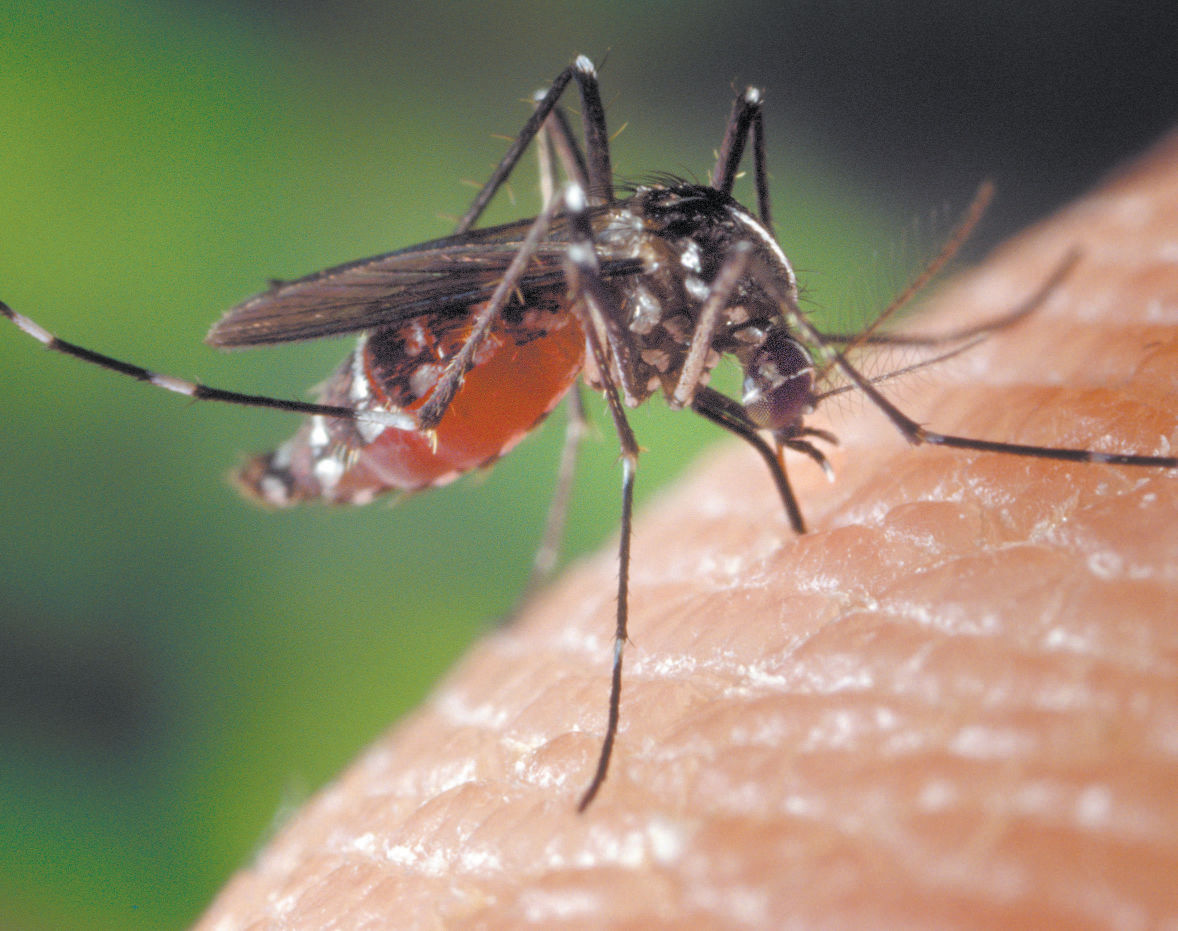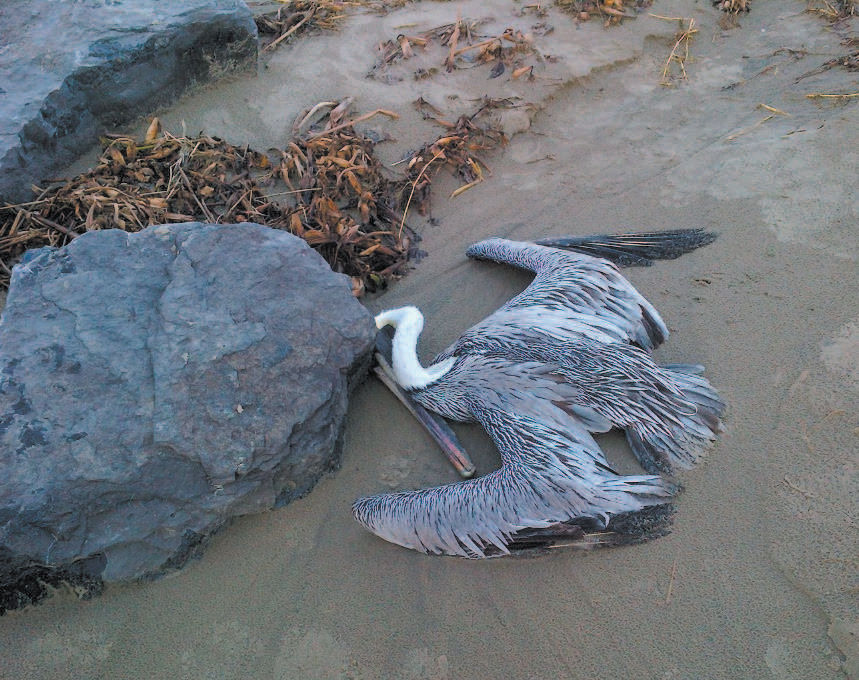
La. watchful of Zika virus
February 11, 2016
PLAYER OF THE WEEK
February 11, 2016State wildlife officials are trying to determine why as many as 36 brown pelicans were found dead along a seven mile stretch of beach on Louisiana’s only inhabited barrier island, following an initial report to the island’s police department that birds had been shot.
Approximately eight brown pelicans – brought back from endangered status by major efforts years ago and cherished as Louisiana’s state bird – were found last Sunday on a Grand Isle beach by a resident walking her dog.
The resident, Karen LaCorte, reported that the birds had been shot and called the attention of local officers to a youth with a pellet gun. Grand Isle Polide Chief Euris Dubois acknowledges that the call was made and that officers investigated, but could not confirm that shooting was involved, and no action was reported taken against the youth.
More birds were discovered Monday, Dubois said, and officials from the Louisiana Department of Wildlife and Fisheries were called in. They removed a total of 36 pelicans Wednesday, and they were taken to Baton Rouge for necropsies. As of press time, causes of death ahd not been determined.
Scientists suspect that some or all of the birds may have died from lack of food, which could be related to this year’s El Nino weather pattern.
“In El Nino years off the western coasts of North and South America seabirds die by the millions, because they can’t get to their food,” said Michael Seymour, avian biologist at the Louisiana Department of Wildlife and Fisheries. “We don’t know that this is the case with these pelicans, but at this time of year there is a pretty high mortality rate of pelicans, especially birds that have only lived a year or two, and are not as skilled at finding food.”
There are no pelican rookeries in the island’s immediate vicinity, although islands closer to Terrebonne Bay to the west and inshore waters of Barataria Bay are home to pelican colonies. There are a dozen or more pelican rookeries in Louisiana coastal waters.
There is also a potential for parasitic infection, Seymour said, or a combination of all the factors cited. He acknowledged, however, that the cluster of so many birds in a concentrated area – along seven miles of the same beachline – “may be more birds than we typically see.”
El Nino is a weather pattern that occurs when warm water from the western Pacific Ocean flows eastward, as has occurred this year.
Dead pelicans do end up on the beach from time to time, officials said, and the initial find was not considered unduly suspicious.
Then on Monday morning police were checking the beach and found more pelicans, bringing the total to 36.
Dubois said LDWF officials were then called.
Several massive die-offs of seabirds, including an unprecedented mortality event last year involving 100,000 auklets, a type of seabird, in the Pacific Northwest last year, have been thought due to warming ocean temperatures, according to articles in scientific journals and National Geographic magazine.
Warmer waters – whether due to El Nino or other climate change phenomenon, Michael Seymour said – affect pelicans and other seabirds because the fish they eat tend to migrate further out, where waters are colder. The birds have difficulty adjusting and so become malnourished.
LaCorte, who photographed the birds she saw, insists that what she saw was evidence of shooting.
“I took pictures showing the bullet or pellet wounds in the birds. I know what a gunshot wound looks like,” LaCorte said. “Something is amiss here.”
A brown pelican’s remains on a Grand Isle beach, one of 36 dead birds found last week.








